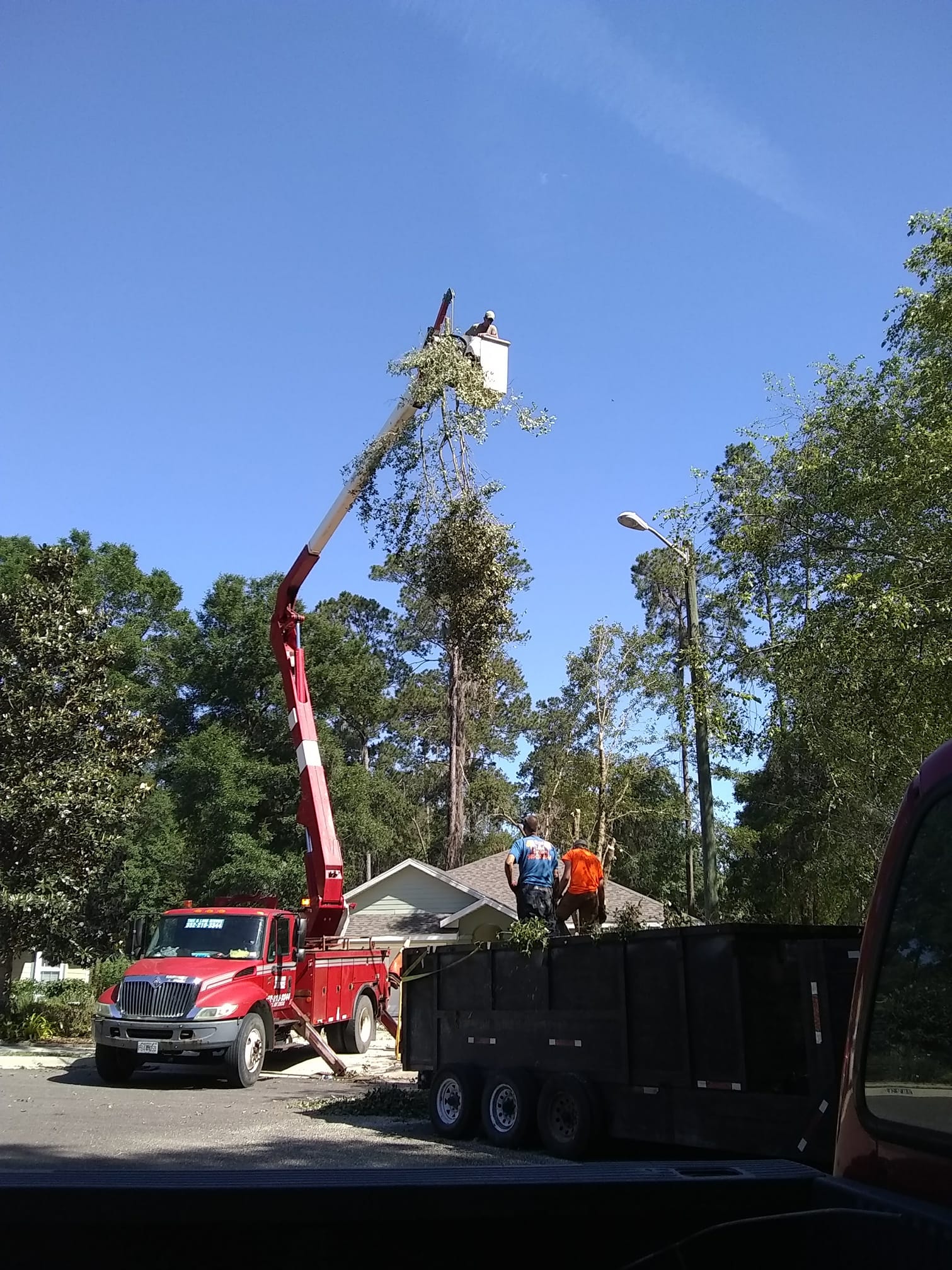
How to Prepare Your Trees for the Storm Season Oct 21, 2025
Understanding the Risks
Before diving into preparation tips, it's important to understand the risks associated with storm season. High winds, heavy rain, and lightning can turn trees into liabilities if they're not healthy or well-maintained. Weak branches can break off and cause damage to your home, vehicles, or even the power lines. In worst-case scenarios, entire trees can be uprooted, posing serious safety hazards to your household and neighborhood.
Regular Inspection and Maintenance
The first step in preparing your trees for storm season is regular inspection. Carefully examine your trees for signs of damage or disease. Look for dead branches, fungus growth, or splits in the bark. These are indicators that your tree might be compromised and require professional evaluation. Pruning is a vital maintenance step that can help reduce the risk of wind damage. By removing weak or excess branches, you allow the wind to pass through the tree canopy more easily, reducing the likelihood of breakage.
Strategic Tree Pruning
When pruning trees, it's essential to focus on thinning the canopy and removing any dead wood. This not only reduces the weight and wind resistance but also encourages healthier growth. Avoid topping trees, as this can lead to weakened regrowth and make the tree more susceptible to storm damage in the long term. Consider hiring a certified arborist from Asbell's Tree & Land Services for professional pruning, as it requires expertise to ensure that the job is done correctly and safely.
Assessing Tree Placement and Planting New Trees
Evaluate the placement of existing trees on your property. Trees planted too close to your home or other structures pose a significant risk during a storm. You may need to consult with a professional about potentially removing or relocating these trees to safer areas. When planting new trees, choose locations that provide ample space away from buildings and power lines. Select native species known for their resilience to local weather conditions, which are more likely to withstand harsh storms.
Securing Young and Vulnerable Trees
Younger trees and newly planted saplings are particularly vulnerable during storm season. To protect these, consider staking them to provide additional support against strong winds. But remember, stakes should not be too tight, as trees need some flexibility to sway naturally, which helps them develop stronger trunks.
Conclusion
Taking steps now can save you significant time, money, and stress in the future. Regular maintenance, strategic pruning, and thoughtful planning can greatly reduce the risk of storm damage. For comprehensive tree care and expert guidance, partnering with a professional like Asbell's Tree & Land Services can be an invaluable investment. Let us help you prepare your trees for storm season, ensuring they remain a beautiful and safe part of your landscape for years to come. Keep your property safe and your trees healthy by taking action today.
/filters:no_upscale()/media/9912cebb-3220-46ae-9d9f-5caaf4be7eb9.jpg)